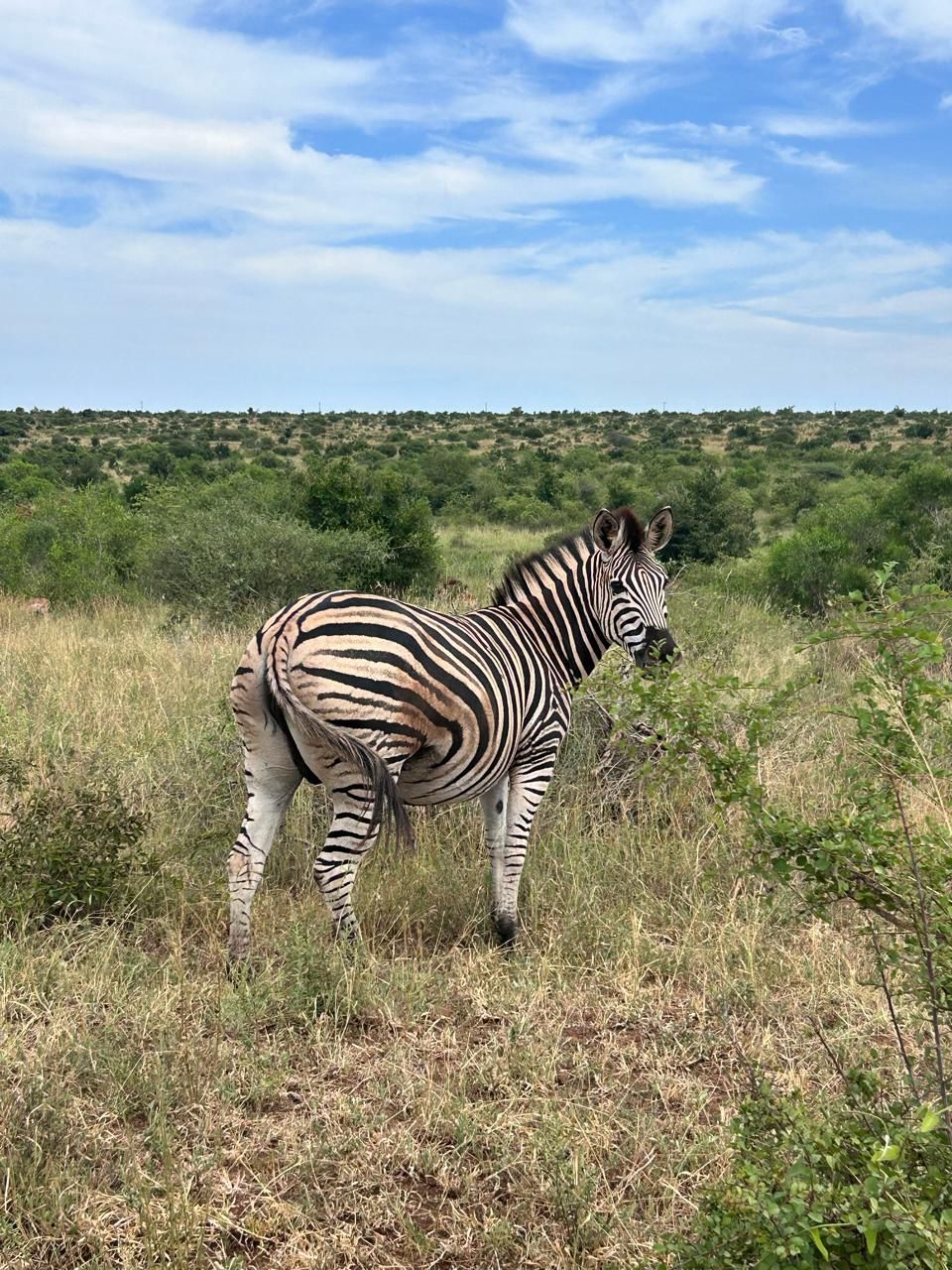Kruger National Park is not just a game reserve—it’s one of the largest and most celebrated wildlife conservation areas in Africa. Spanning nearly 20,000 square kilometers (7,700 square miles), this iconic park is a sanctuary for an astonishing array of flora and fauna, offering some of the most accessible and authentic safari experiences in the world.
Whether you’re a first-time visitor or a seasoned wildlife enthusiast, Kruger is a destination that promises unforgettable moments in the wild.
Quick Facts About Kruger National Park
- Location: Northeastern South Africa, in the provinces of Mpumalanga and Limpopo
- Size: ~19,500 km² (comparable to the size of Israel or Wales)
- Established: 1898 (proclaimed as the Sabie Game Reserve, later named Kruger in 1926)
- Governing Body: South African National Parks (SANParks)
- Ecosystems: Savanna, riverine forest, grassland, bushveld
Why Kruger Is a Must-Visit Safari Destination
1. The Big Five and Beyond
Kruger is famous for being home to the Big Five: lion, leopard, rhino, elephant, and buffalo. But that’s just the beginning. The park supports:
- 147 species of mammals (including cheetah, wild dog, hippo, hyena)
- Over 500 bird species (resident and migratory)
- 114 species of reptiles
- 49 species of fish
- 34 amphibians
- 2,000+ plant species
It’s one of the richest biodiversity zones in Africa, making every game drive a new experience.
2. Year-Round Accessibility
Unlike other safari destinations that close during rainy seasons, Kruger National Park is open year-round. Each season offers something unique:
- Winter (May–August): Cooler, dry weather and better visibility for game viewing
- Summer (November–March): Lush green landscapes, baby animals, and vibrant birdlife
3. Excellent Infrastructure
Kruger offers something for every traveler—self-drive visitors, guided safaris, budget adventurers, and high-end guests. It features:
- Well-maintained tar and gravel roads
- Multiple entrance gates (e.g., Crocodile Bridge, Paul Kruger, Orpen)
- Camps, picnic spots, and rest areas
- Luxury lodges in private concessions and bordering reserves
- On-site shops, restaurants, petrol stations, and clinics
Main Regions and Gates of Kruger
The park is roughly divided into three regions: southern, central, and northern Kruger, each offering different landscapes and wildlife densities.
Southern Kruger (Best for Wildlife Viewing)
- Gates: Crocodile Bridge, Malelane, Paul Kruger
- Features: Dense game populations, easy access, riverfront views
- Nearby Towns: Komatipoort, Marloth Park, Malelane
Central Kruger (Big Cat Territory)
- Gates: Orpen, Phalaborwa
- Features: Open savannahs, large lion prides, excellent predator sightings
Northern Kruger (Remote and Untouched)
- Gates: Punda Maria, Pafuri
- Features: Birding paradise, baobab trees, fewer tourists, cultural richness
Safari Activities in Kruger
Kruger offers more than just game drives. Depending on where you stay, you can enjoy:
- Morning and evening game drives with SANParks or private guides
- Guided bush walks with armed rangers
- Photographic safaris
- Birdwatching tours
- Night drives to see nocturnal animals
- Wilderness trails (multi-day walking safaris)
Luxury Accommodation Near Kruger: Why Stay Outside the Park
While Kruger has government-run rest camps inside the park, many travelers choose to stay just outside the gates in places like Marloth Park, Sabi Sands, or Thornybush. Here’s why:
- More privacy and exclusivity
- Higher comfort and luxury standards (private pools, chefs, spa services)
- Access to private reserves with fewer vehicles per sighting
- Freedom to combine self-drives with guided experiences
- Flexible dining, Wi-Fi, and other modern amenities
Sekwa.co.za, for example, specializes in luxury safari accommodations in Marloth Park—right on the southern edge of Kruger.
Conservation and Sustainability
Kruger plays a major role in conservation and ecological research. It works on:
- Anti-poaching operations (especially for rhinos)
- Community outreach and eco-tourism initiatives
- Research programs involving universities and conservationists
- Transfrontier parks partnerships with Mozambique and Zimbabwe (forming the Greater Limpopo Transfrontier Park)
By visiting Kruger, travelers directly support wildlife preservation and sustainable tourism in Southern Africa.
How to Get to Kruger National Park
By Air:
- Kruger Mpumalanga International Airport (KMIA) – near Nelspruit (for southern Kruger)
- Skukuza Airport – inside the park (serviced by direct flights from Johannesburg and Cape Town)
- Hoedspruit Airport – for central Kruger and private reserves
By Road:
- 4–6 hour drive from Johannesburg via N4 highway
- Well-signed routes leading to all main gates
Plan Your Visit with Sekwa.co.za
If you’re planning a luxury safari to Kruger National Park, staying in Marloth Park with Sekwa.co.za gives you the perfect combination of bush immersion, high-end comfort, and easy access to the park.
Explore curated lodges with private decks, plunge pools, and daily wildlife encounters—designed for couples, families, and small groups seeking something extraordinary.
Final Thoughts: Why Kruger National Park Is Africa’s Most Loved Safari Destination
Few places on earth offer what Kruger does: vast landscapes, diverse wildlife, accessible infrastructure, and a deep-rooted conservation mission. Whether you explore it on your own or through a luxury lodge, it’s an experience that changes how you see the world.
Discover Kruger. Stay in style. Travel with purpose.
Book your stay near Kruger with Sekwa.co.za
Contact: info@sekwa.co.za


